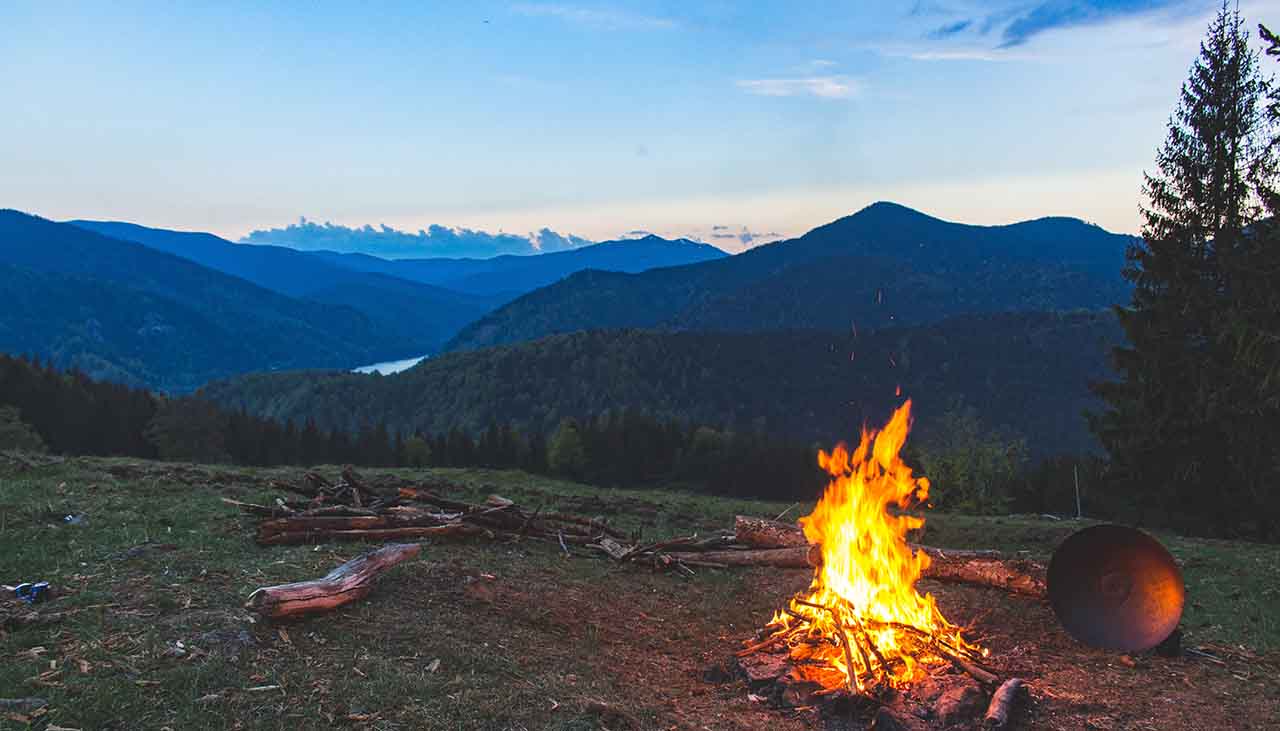Everyone deserves the opportunity to explore and appreciate nature, but too often those living with disabilities find themselves excluded from activities that so many of us take for granted. Experiencing the outdoors doesn’t have to come with additional barriers; there are a variety of ways to make nature accessible and enjoyable for everyone. In this blog post, we will look at how people with disabilities can access outdoor spaces safely and what organizations are doing around the world to make sure no one gets left out when it comes time to enjoy a hike in the woods or a day spent by the lake.
Overview of the importance of outdoor activities for people with disabilities
Experiencing nature has numerous health benefits, from reducing stress to improving physical and mental well-being. For people with disabilities, these benefits are even more important. Time outside in natural settings can help those living with disabilities maintain independence and manage the effects of their condition. It also provides an opportunity for them to connect with others who share similar experiences and build strong social networks. The outdoors is a great place for people with disabilities to have fun, explore new activities, and foster personal growth.
Types of outdoor activities that can be adapted for people with disabilities
Many different types of outdoor activities could be adapted for people with disabilities if some modifications are made:
- Hiking – adaptive trial designs make it possible for wheelchairs and other mobility aids to access trails.
- Camping – accessible campsites with flat terrain and ramps make it easier for people who use wheelchairs or walkers to get around.
- Fishing–adapted fishing poles are designed specifically for those with limited movement in their hands and arms, allowing them to cast a line without assistance.
- Kayaking – outrigger kayaks provide stability and can be used by those living with physical disabilities.
- Skiing – adaptive skiing equipment such as sit-skis, outriggers, and mono-skis allow people of all abilities to experience the thrill of gliding down a mountain slope.
Challenges and barriers to accessing nature with a disability
For many people with disabilities, accessing outdoor activities can be difficult. The lack of accessible facilities, such as trails and camping sites, is a major barrier. Other challenges include limited resources for transportation to nature sites and the cost of adaptive equipment needed for some activities. Limited access to information about how to safely participate in outdoor activities also prevents many people with disabilities from enjoying nature.
Tips for making outdoor activities accessible to people with disabilities
- Research potential locations before planning an outing – this will help you identify which locations are the most accessible and have the best amenities available.
- Make use of adaptive equipment or modifications that make it easier for those living with disabilities to enjoy nature – items like wheelchairs, walkers, and outrigger kayaks can all be used to help people access and enjoy nature safely.
- Involve caregivers or family members – they can assist in the planning process and provide additional support on-site if needed.
- Check with local organizations for additional resources – many communities have organizations that specialize in creating accessible outdoor experiences for those with disabilities.
- Be aware of potential risks – some activities may be too physically or mentally challenging for people with certain disabilities.
- Involve people with disabilities in the planning process – their input and feedback can help ensure that everyone can enjoy nature safely.
- Have fun and take breaks – outdoor activities can be both physically and mentally taxing. Allow for plenty of rest periods so that everyone has a chance to recharge.
Benefits of spending time outdoors for people with disabilities
Spending time in nature can have positive impacts on physical health by increasing strength, balance, and endurance as well as psychological well-being through improved mood, stress reduction, and increased self-confidence. Those living with a disability often face social isolation, but participating in outdoor activities is a great way to break down barriers and foster inclusion. Accessible outdoor activities also help promote independence and allow people with disabilities to explore their passions in a safe and supportive environment.
Conclusion
Outdoor activities are essential for individuals living with disabilities as they provide valuable opportunities for exploration, recreation, growth, and connection. With the proper modifications and assistive devices, these activities can be made more accessible so that everyone can take advantage of what nature has to offer. By taking steps to ensure that outdoor areas are welcoming and safe for those with disabilities, we can create an environment that offers everyone the chance to explore and discover the great outdoors.
